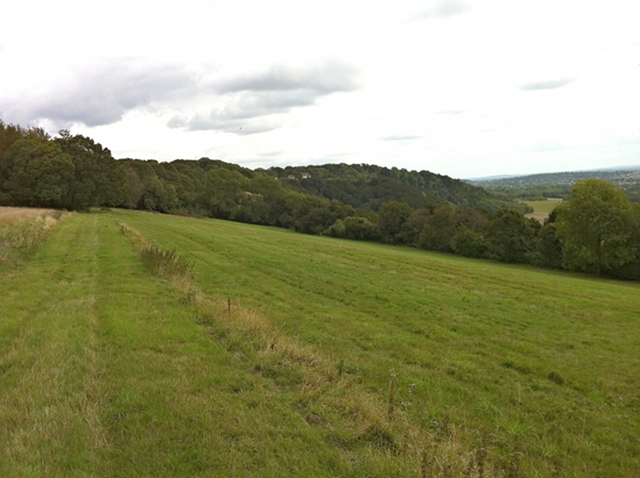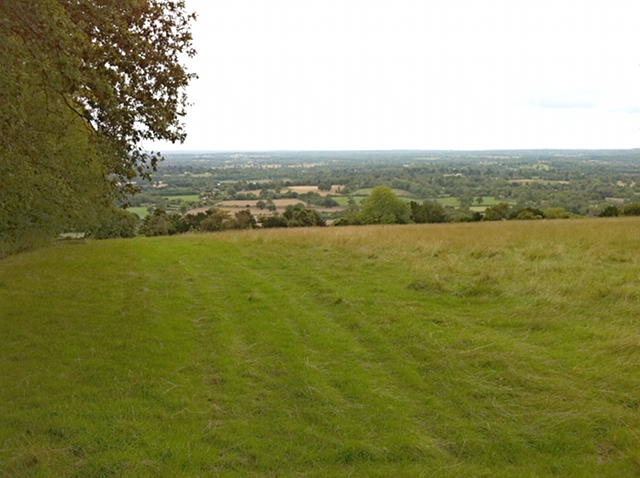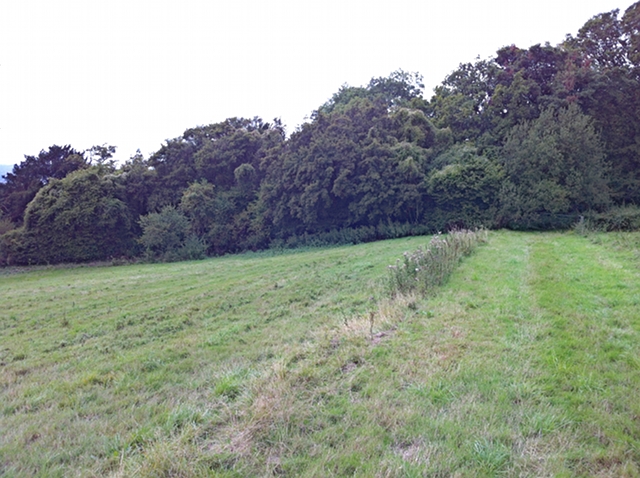Training Grounds Management Board: is considering placing warning signs either side of the Queen’s Stand equestrian crossing, as ‘near-misses’ continue: the board will discuss with Surrey Highways. Officers pointed out that the warning lights on Burgh Heath Road were now redundant, and could be better placed elsewhere.
Hatched area: signs had now been installed to visibly indicate that the hatched area was closed to hack riders.
Hack sand track: officers promised a definitive report at the next meeting, admitting that there was no update, and a report was overdue.
Downs House: the sale had been completed and it was in private ownership. There had been preliminary discussions about a planning application, with a view to restoring its use as a training establishment. He had been in contact with the TGMB.
Epsom Downs golf club unauthorised development: there was a question of retrospective consent, and enforcement action. A report would be made to the next meeting.
Tattenham Corner Road crossing: the crossing had been viewed by the consultative committee, with useful suggestions for improvement. Consequently, action had already been taken to reverse the ‘running’ rail, which opens up the space on the east side, and to tidy up the grass without compromising the width of the racecourse. Officers had asked Surrey Highways to visit to comment on safety.
Dogs: a report had been secured from an access consultant, who said that signage was an important part of dog management. A member regretted that the matter was being dealt with in an oral update. Discussion then moved to proposed new ‘dogs on leads signs’: further discussions had taken place on the new signs, and the consultative committee had commented on them. An amended notice was circulated: the new sign requires dogs to be kept on leads before noon, and states that dogs may be walked off leads after midday provided they are under proper control. It was said that much thought had gone into the wording [Ed: no-one was informed at this point that the requirement to keep dogs on leads in the morning was unenforceable.] Some minor comments were made on the wording. One member wanted a picture of a dog on a lead (or similar), and lamented the omission of the former wording of ‘horses travelling at speed’. The consultant had recommended consistent, clear, bold signage as key to securing compliance, but had advised that an approach of requiring all dogs on leads at all times would not work. It was agreed to procure a further draft for approval by the clerk in rapid consultation with members. The racecourse said it was important that the board was clear about what they wanted to achieve, and what were the instructions to the downskeepers. It was confirmed that the downskeepers would receive conflict management training. Natural England’s dog walking code (which commended keeping dogs on leads in the vicinity of livestock) was being promoted nationally. Research on dog control orders in another borough revealed that no enforcement had taken place in the past year. A member questioned how successful that borough had been in securing better behaviour [Ed: the reply rather obfuscated on that point]. Contact with another borough suggested that education was the better approach. A number of partners had said that enforcement is not the answer, but research showed that engagement was better. [Ed: indeed, but what will the board do about those who will not comply?] The racecourse illustrated two recent incidents, where the keepers simply didn’t understand how their dogs were going to react. The existing byelaw only required ‘proper control’, and questioned whether this required a lead? Officers advised that Natural England’s guidance would support such an interpretation.
Gypsy site management: a small group had considered comments from the board, consultative committee and local residents, but experience tended to suggest that ideas were not effective as hoped. Stronger fencing was seen as a challenge; cutting back scrub risked encouraging driving over the downs; employment of a security company would be costly and perhaps provoke confrontation. Once there were a large number of gypsies in the area, it was better for them to assemble in one area, as it was difficult to monitor the whole borough. There was respect for the Derby traditions, and gypsies did move on after the event. Further discussion would be had with the temporary site manager about discouraging driving on the downs. A member said it was the site manager’s role to enforce against inappropriate use; the chair responded that it was not possible to change established views among those who were present for just a fortnight. Questions were asked about the role of the temporary site manager, and the remuneration: this would be revisited at the next meeting.
Live music: the Madness concert had attracted some management problems on the Hill during the evening: a member questioned whether this should be the responsibility of the racecourse? There were no facilities on the Hill for the concerts. The head downskeeper suggested future events might demand security support from the racecourse. The racecourse said there would be no live music evening next year owing to repairs to the Duchy Stand roof. There had been police presence on the Hill for the Madness concert, and the problems need not be overstated.
Winter work programme: the racecourse commended work done at the Derby start to improve visibility by controlling the treeline. The racecourse asked for a higher priority to clear gorse at the top of Middle Hill, and this was agreed. The board declined to do further work to clear undergrowth below the gypsy site.
Mid-year budget monitoring: there were no significant variance in the budget from plans. For 2016–17, it was planned to use £20k from working balances, and this was not sustainable, so an increase in the precept of 4% was proposed. A risk register had been circulated as an annexe [Ed: this says that “Clarity on responsibility for the Hack Sand Track has been clarified and [(edited at the meeting to read:) the Horse Race Levy Board] are responsible for the cost of repairs although repairs have not yet commenced and further action may be required]. Officers questioned the omission of event charges. The racecourse questioned a 4% increase: the treasurer responded that the present reliance on working balances could not be continued, and the increase addressed the current deficit in the budget but did not set a pattern for future years. There were also higher liabilities towards pension contributions. A member said that the increase was necessary if unpalatable. The chair said the increase was needed to address the increase in pension costs.
Golf course: extension of first tee and new paths: further details of the proposals had been provided, and they were approved.
Golf course: replacement winter tee proposal: there was lengthy discussion around the adoption of matting which was identical to a larger extent of the same matting put down in the practice area which is the possible subject of enforcement action. Some members expressed concern that approval of the winter tees would imply approval of the practice area development. They were assured that this proposal was separate, and all the works were subject to planning permission. The works were approved.
Events on the downs: eight applications were proposed for approval, all of which were repeating from previous years. There were no objections from the trainers, subject to the usual conditions. The events were agreed with no discussion [Ed: odd, compared with previous years’ debates about the downs being allegedly oversubscribed]. Questions were however asked about the retention bonds, which were perhaps too low, but no conclusion to modify. A late application had been received from a cross-country group which had used the downs in the past: there was some discussion over whether to allow it, and a majority decided that it should not be admitted for this period, and then reversed itself and agreed to consider.




